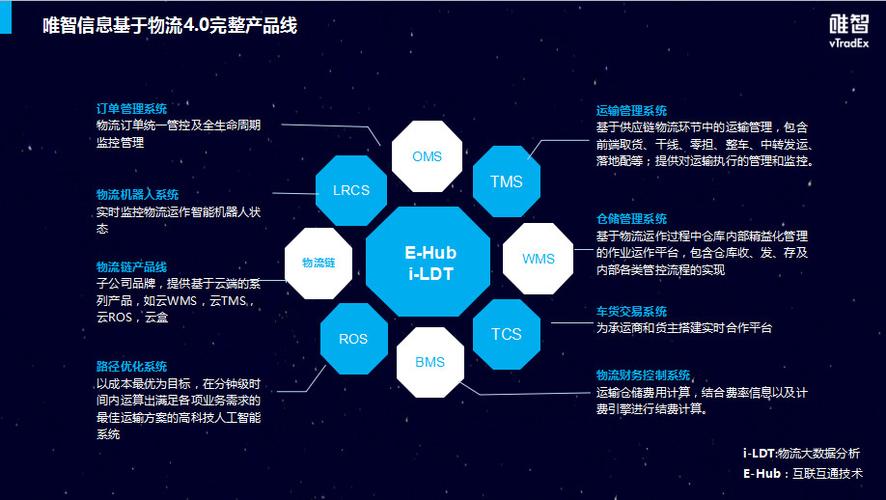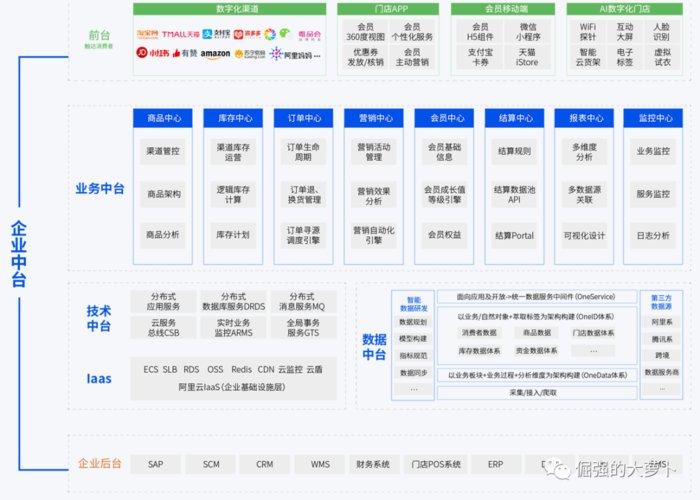
Define OMS: A Comprehensive Guide
Understanding the complexities of Order Management Systems (OMS) is crucial for businesses aiming to streamline their operations and enhance customer satisfaction. In this detailed guide, we delve into what an OMS is, its key features, benefits, and how it can revolutionize your business processes.
What is an Order Management System (OMS)?
An Order Management System (OMS) is a software solution designed to manage the entire lifecycle of a customer order. It encompasses everything from order intake to fulfillment, tracking, and customer communication. An effective OMS can significantly improve efficiency, reduce errors, and enhance customer experience.

Key Features of an OMS
Here are some of the essential features that make up a comprehensive OMS:
| Feature | Description |
|---|---|
| Order Processing | Automates the order intake, validation, and processing stages. |
| Inventory Management | Monitors stock levels, predicts demand, and manages product availability. |
| Order Fulfillment | Coordinates the picking, packing, and shipping of orders. |
| Shipping and Logistics | Manages shipping carriers, tracking, and delivery notifications. |
| Customer Communication | Facilitates communication with customers regarding order status and updates. |
| Analytics and Reporting | Generates insights and reports on order trends, performance, and customer satisfaction. |
Benefits of Implementing an OMS
Implementing an OMS can bring numerous benefits to your business, including:
-
Improved Efficiency: Automating manual processes reduces the time and effort required to manage orders, allowing your team to focus on more critical tasks.
-
Reduced Errors: An OMS minimizes the risk of human error by automating data entry and validation.

-
Enhanced Customer Experience: Providing real-time order tracking and timely updates keeps customers informed and satisfied.
-
Increased Sales: By optimizing inventory levels and reducing stockouts, an OMS can help you capitalize on sales opportunities.
-
Cost Savings: Streamlining operations and reducing errors can lead to significant cost savings in the long run.
Choosing the Right OMS for Your Business
Selecting the right OMS for your business requires careful consideration of several factors:
-
Industry-Specific Requirements: Ensure the OMS is tailored to meet the unique needs of your industry.
-
Scalability: Choose an OMS that can grow with your business and accommodate increased order volumes.
-
Integration Capabilities: Look for an OMS that can integrate with your existing systems, such as CRM, ERP, and accounting software.
-
Customization: Consider whether the OMS can be customized to fit your specific business processes.
-
Support and Training: Ensure the vendor offers comprehensive support and training to help you get the most out of the OMS.
Implementing an OMS: Best Practices
Successfully implementing an OMS requires careful planning and execution. Here are some best practices to consider:
-
Define Your Objectives: Clearly outline your goals for implementing an OMS, such as improving efficiency, reducing errors, or enhancing customer satisfaction.
-
Involve Key Stakeholders: Engage with all relevant departments and stakeholders to ensure their needs and concerns are addressed.
-
Conduct a Thorough Evaluation: Compare different OMS solutions based on their features, capabilities, and pricing.
-
Plan for Data Migration: Develop a strategy for migrating your existing data to the new OMS.
-
Provide Training and Support: Ensure your





